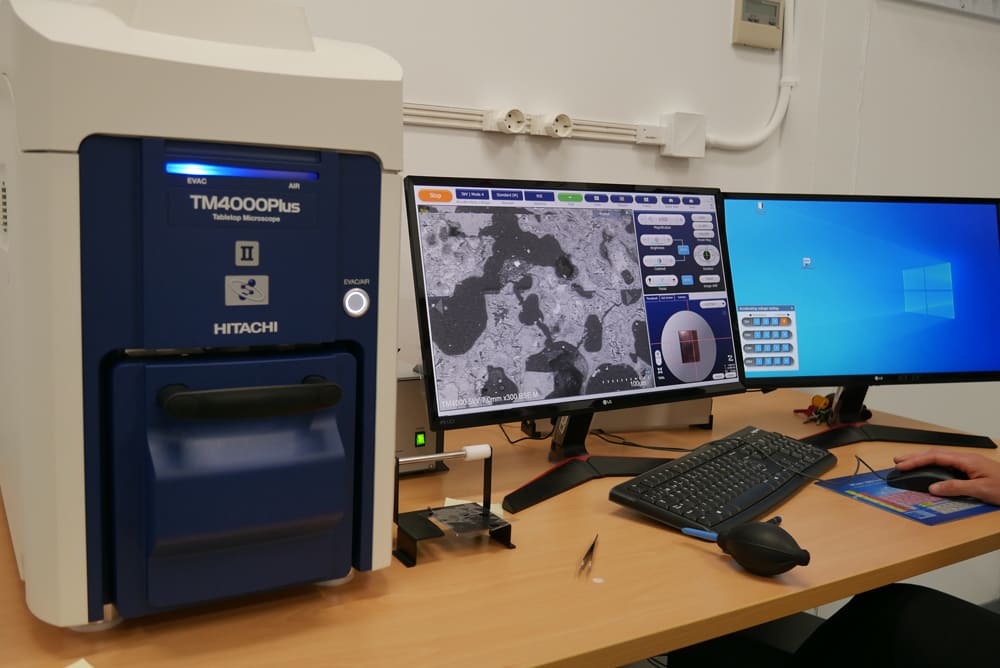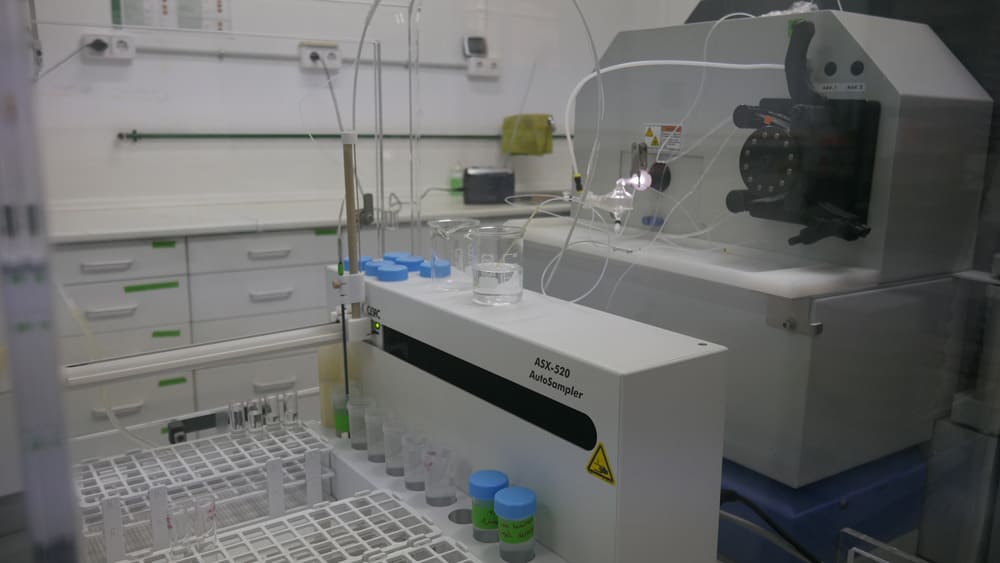Sánchez-García, C., Revelles, J., Burjachs, F., Euba, I., Expósito, I., Ibáñez, J., Schulte, L., & de Pablo, J. F.-L. (2024). What burned the forest? Wildfires, climate change and human activity in the Mesolithic – Neolithic transition in SE Iberian Peninsula. CATENA, 234, 107542. https://doi.org/10.1016/j.catena.2023.107542
Abstract
Climate variability such as higher or lower temperatures, changing precipitation patterns, shifts in plant communities and other climate-related changes have particularly affected areas with Mediterranean-type climates. A multi-proxy analysis including pollen, sedimentary charcoal, mineralogy and Summed Probability Distributions (SPD) of archaeological 14C dates, allowed the reconstruction of landscape change, geomorphological evolution and fire history at the Laguna de Villena, in the southeastern Iberian Peninsula, during the Mesolithic-Neolithic transition. The Villena paleolake was sensitive to Early Holocene and Middle Holocene regional climatic variability that included several arid phases (around 8.2 ka cal BP, 6.8 ka cal BP and 5.9 ka cal BP) according to geochemical and pollen data. During this period, landscape dynamics show the degradation of oak forests and expansion of pyrophytic pine forests and shrublands, as well as open spaces predominated by grasses. The charcoal record shows a decreasing trend of biomass burned from 8.5 ka cal BP onwards, although fire peaks occurred recurrently during the Early and Middle Holocene. The most intense phase of fire activity was experienced in the last millennia of the Early Holocene, with five fire episodes from 9.1 to 8.4 ka cal BP, coinciding with a phase of higher archaeological evidence in the area. A decrease in archaeological evidence coincides with a gap in fire episodes during the Early Holocene-Middle Holocene transition, suggesting an effect of the abrupt 8.2 ka cal BP event on human activity and on landscape dynamics. After 8.0 ka cal BP, lowerer biomass burned is explained by the configuration of a more open landscape due to the combination of climate (increasing aridity) and increasing human activities in the region. The mineralogical and palynological data highlighted the interaction between human activities, climate and fire dynamics. The sedimentary charcoal record evidenced how most of the fire peaks did not occur in the context of dry episodes, as often assumed, deriving on an anthropogenic explanation related to Early and Late Mesolithic burning practices during a phase of higher archaeological evidence in the Villena paleolake surroundings. Afterwards, combined agropastoral activities from the Early Neolithic onwards and increasing aridity during the Middle Holocene maintained the forest clearances, in the context of fire episodes characterised by decreased biomass burned. This study shows how Middle Holocene palaeoecological records reflect complex histories blending climate and anthropogenic processes that derived in major landscape changes explaining the origin of current landscapes.


